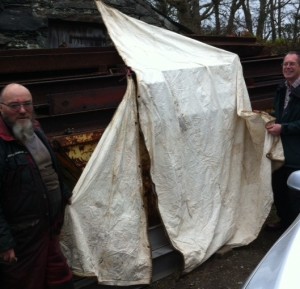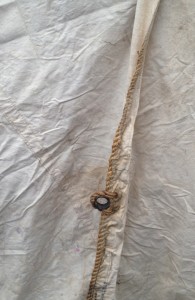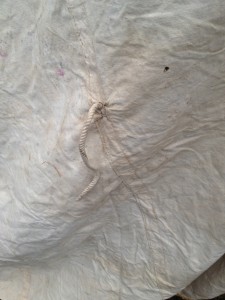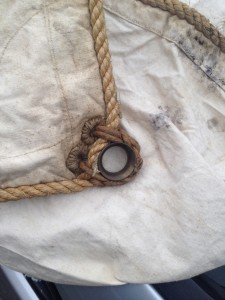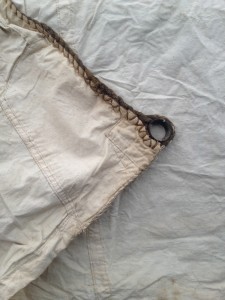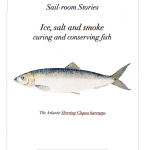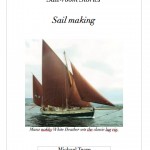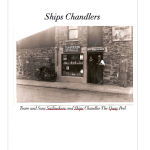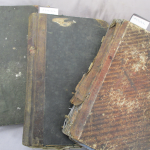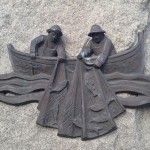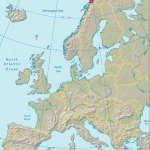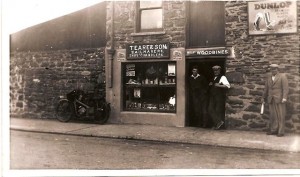
Teare and Sons ships chandler The Quay Peel
Often we use words and phrases everyday without really thinking about why and where they come from. Then occasionally someone asks a question or brings something to our attention and we have an insight into the origins of our language. That set me thinking about chandler. Why do we use this word in association with a specialist supplier of materials for ships? Why not merchant or shop?
The dictionary definition of a chandler or ship chandler is ‘a dealer in supplies and equipment for ships and boats’ and chandlery ‘the shop or business of a chandler’. That doesn’t seem to help much until you see the historical definitions as ‘a dealer in household items such as oil, soap, paint and groceries’ and ‘a person who makes and sells candles’. That makes sense because the origin of the word chandler is from Old French chandelier through Middle English denoting a candle maker and candle seller.
Candles making would have involved a detailed knowledge of oils and fats (also the basis of making soap) and so the progression from a candle maker and seller to a store selling household items, including presumably candles, also seems to follow a certain logic. So why don’t we go to the chandlers anymore to buy our household supplies or maybe more pertinently – why don’t supermarkets have a chandlery section? Well I guess it just went out of fashion and we use other words – household supplies, hardware, cleaning supplies, DIY, . . . . .
The day books in the Manx National library show that a traditional chandlery like Teare and Sons supplied fishing and sailing ships with a large range of items such as rope, paint, turpentine, paraffin oil, lard, oakum, nails, brooms, mops, galvanized buckets, charts and even candles. A ship chandlery business was central to the existence and the social and political dynamics of ports.
Today’s chandlers deal more in goods typical for commercial ships. Often they supply the crew’s food, ship’s maintenance supplies, cleaning compounds as well as more typically maritime supplies like ropes. Typically, the ship owner has a line of credit with the chandler and is billed for anything delivered to his ship. So in a foreign port they don’t have to spend time searching for materials and then paying in foreign currency.
Then as now there is a high level of service demanded, orders must be fulfilled quickly and completely and the business operates on credit. Commercial ships turn around quickly, any delay is expensive and so the services of a dependable ship chandler are indispensable.
So is it the combination of high levels of customer service and the romantic candlelight that accounts for the modern meaning of chandler? Check out the online Urban Dictionary to find that a chandler is ‘an amazing guy that is extremely funny and sweet. He may not be your first choice in a guy, but after you date him you’ll want him forever. He listens to everything you say and he’s protective if someone hurts you. You can trust him with anything and know he won’t tell anyone because it’s just who he is. He’s a great guy and one of the best boyfriends a girl could have. He’s cute too and the best kisser on the planet. “You’re so funny and amazing! You must be a Chandler.” ‘

